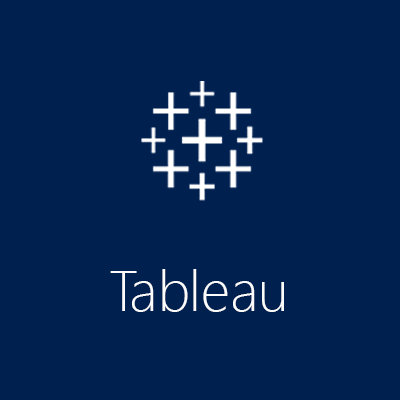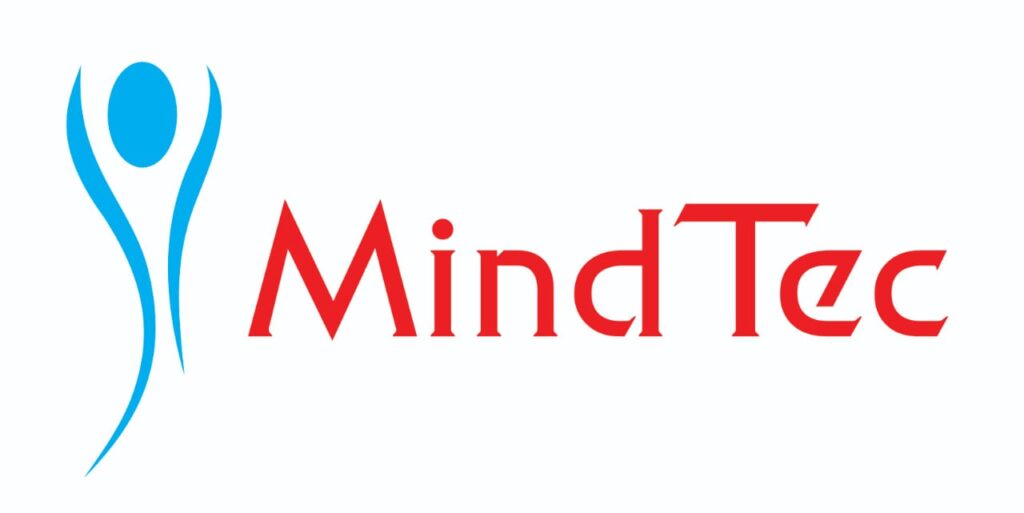
- What Exactly is Tableau? Your Data’s Best Storyteller.
At its core, Tableau is a powerful analytical platform designed to help people “see and understand their data.” It translates complex data into compelling visual stories, making analytics accessible and intuitive for users across all skill levels.
Think of it as a super-powered data artist and detective rolled into one. Tableau allows you to:
Connect: Access data from virtually any source imaginable: Excel, CSV files, SQL databases (like MySQL, Oracle, SQL Server), cloud platforms (AWS, Azure, Google Cloud, Snowflake), web data, and much more.
Prepare & Model: Clean, shape, and combine your data using Tableau Prep Builder (or directly in Desktop). Build robust data models, define relationships, and perform calculations to prepare your data for deep analysis.
Visualize & Explore: Create dynamic and visually stunning reports and dashboards using a vast library of charts, graphs, maps, and custom visuals. Tableau’s patented VizQL technology translates drag-and-drop actions into data queries, enabling rapid visual exploration.
Analyze Deeply: Drill down into details, apply filters, create calculated fields (using its powerful calculation engine), and perform advanced analytics like forecasting, trend analysis, and clustering.
Share & Collaborate: Publish your interactive reports and dashboards to Tableau Server or Tableau Cloud (formerly Tableau Online), enabling secure sharing and collaboration across your team or organization.
Automate Refresh: Set up scheduled data refreshes to ensure your reports are always up-to-date, providing real-time insights for timely decisions.
Why Tableau is a Must-Have for Businesses in 2025
Tableau’s rise to prominence isn’t accidental. It consistently ranks as a leader in the BI space for several compelling reasons:
Drives Data-Driven Culture: Empowers everyone, from executives to front-line staff, to interact with data and base decisions on evidence, not just intuition.
Unparalleled Data Visualization: Tableau’s strength lies in its ability to create highly interactive, visually rich, and insightful dashboards that are easy to understand for any audience.
Intuitive Drag-and-Drop Interface: Its user-friendly design significantly lowers the barrier to entry, allowing business users to explore data and create visualizations without needing to write code.
Connects to Everything: With its vast array of connectors, Tableau can integrate data from virtually any system your business utilizes, breaking down data silos.
Scalability for All Sizes: From individual analysts and small businesses in Guntur to large enterprises, Tableau can scale to meet diverse data needs, handling millions of rows of data efficiently.
Real-time Monitoring & Alerts: Connect to live data sources and set up dashboards that refresh continuously, enabling real-time monitoring of Key Performance Indicators (KPIs) and immediate action.
Strong Community & Resources: Tableau boasts a massive and vibrant “DataFam” community, offering extensive learning resources, forums, and user groups (which can be invaluable for learners in India).
Seamless Integration with Salesforce: As part of the Salesforce ecosystem, Tableau integrates well with Salesforce CRM, enhancing customer intelligence and unlocking deeper sales and marketing insights.
Key Components of the Tableau Ecosystem
Tableau is more than just a single application; it’s a comprehensive platform with several core components:
Tableau Desktop:
The Authoring Tool: This is the primary application for creating, designing, and analyzing reports and dashboards. It’s where you connect to data, build visualizations, and develop your data stories. Available for both Windows and macOS.
Tableau Prep Builder:
The Data Preparation Tool: A separate application focused on cleaning, shaping, and combining data for analysis. It provides a visual, direct way to prepare data flows, ensuring your data is ready for reporting in Tableau Desktop.
Tableau Server:
The On-Premise Sharing Platform: An enterprise-level solution for publishing, managing, and securely sharing Tableau content within your organization’s own infrastructure. Offers centralized governance and collaboration features.
Tableau Cloud (formerly Tableau Online):
The Cloud-Hosted Sharing Platform: The fully hosted, cloud-based version of Tableau Server. It offers the same powerful sharing and collaboration features without the need for managing your own servers, making it ideal for rapid deployment and accessibility.
Tableau Public:
The Free Learning & Sharing Platform: A free platform where anyone can explore, create, and publicly share interactive visualizations using public data. It’s an excellent resource for learning, building a portfolio, and getting inspiration from the global Tableau community.
Tableau Mobile:
Insights on the Go: Mobile apps for iOS and Android that allow users to view, interact with, and monitor their Tableau dashboards and reports from anywhere, ensuring insights are always at your fingertips.
Exciting Updates in Tableau (June 2025 Highlights!)
Tableau is constantly evolving with new features and enhancements. Here are some of the key advancements and areas of focus as of June 2025:
Tableau Pulse: This AI-driven insights tool, increasingly integrated, provides proactive and personalized metrics and alerts. It’s designed to deliver digestible insights right where users work (e.g., Slack, email), making data consumption more natural and immediate. Expect more natural language querying capabilities.
VizQL Data Service: This new capability allows developers to programmatically interact with Tableau data outside of traditional workbooks, enabling programmatic embedding and reuse of queries across different applications. This opens up new possibilities for integrating Tableau insights into custom applications and workflows.
Tableau Agent (Desktop Integration): Previously more prominent in Tableau Cloud, AI-powered assistance from Tableau Agent is now becoming more integrated into Tableau Desktop. It can help with data preparation, suggest visualizations, and alert users to potential data issues, significantly boosting productivity.
Improved Content Organization & Governance: Features like a project tree in the web portal and a recycle bin for deleted assets enhance content management and prevent accidental data loss, crucial for enterprise environments.
Semantic Learning: This feature aims to provide more accurate and trustworthy responses from AI agents by expanding their knowledge through real-time Q&A, allowing for the integration of business-specific context.
Tableau App for Google Workspace: A seamless integration allowing users to embed Tableau vizzes and Pulse metrics directly into Google Docs and Google Slides with one click, refreshing anytime. This bridges workflows between analytics and daily productivity tools.
Dynamic Spatial Parameters: Enhancements to mapping capabilities allow for more responsive and synchronized geospatial analysis, enabling users to filter data by map viewport, scale marks based on zoom, and keep multiple maps in sync.
Show Me 2.0: Tableau’s classic “Show Me” feature is getting an upgrade, making it even easier for new users to get started by showing all visualization types upfront, regardless of initial field selection.
Performance Insights Dashboard: For administrators, a new built-in report in Tableau Cloud helps quickly analyze dashboard performance and troubleshoot slow-loading visuals.
